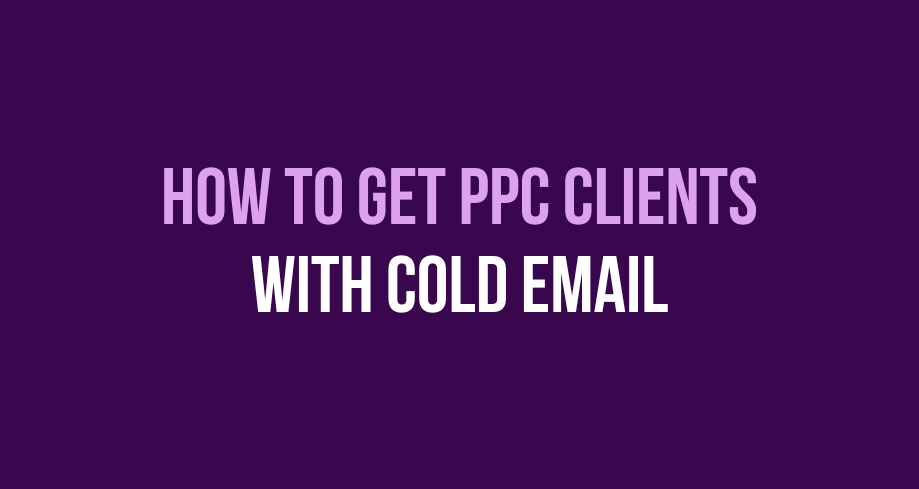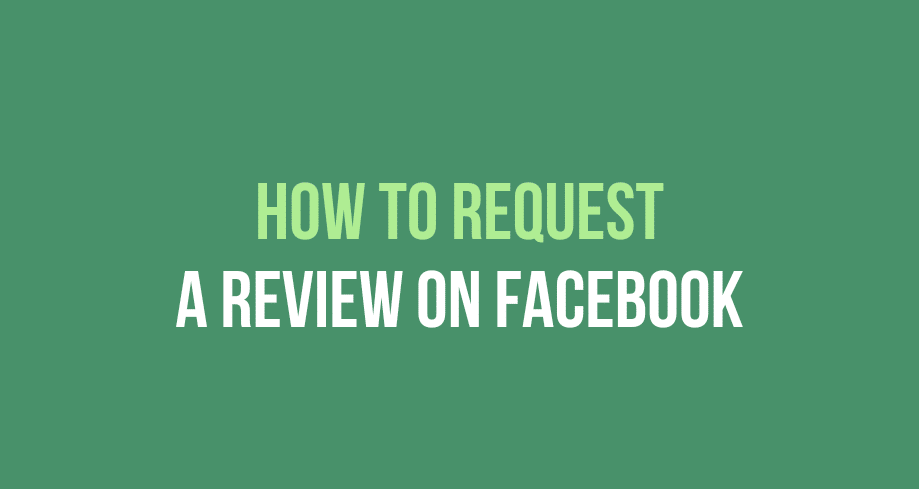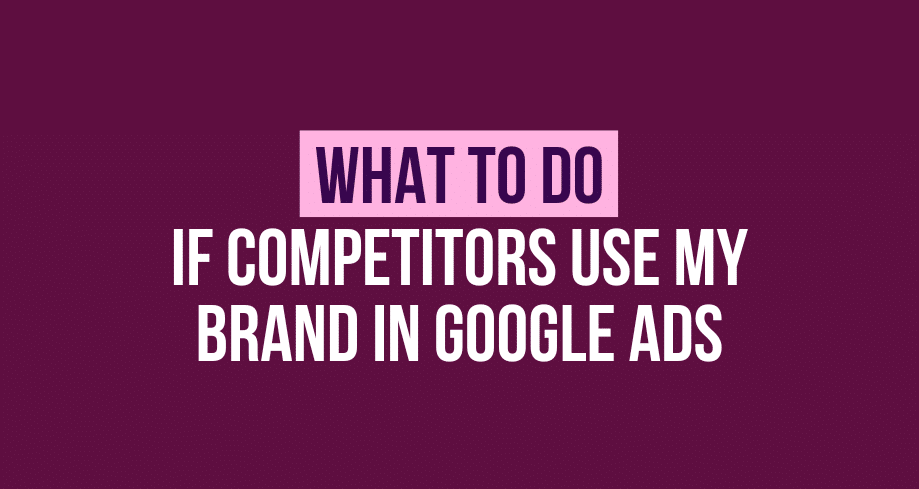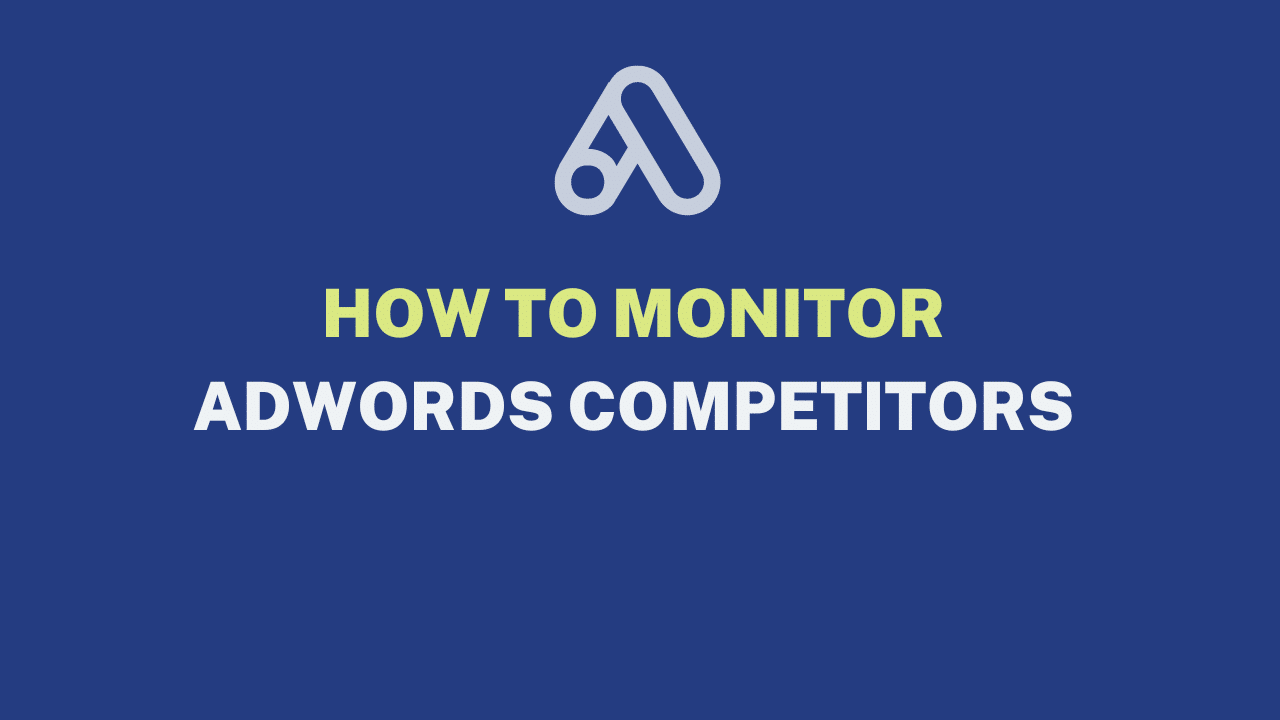Pay-per-click (PPC) advertising has become vital to online marketing strategies. With PPC, businesses can quickly drive traffic and conversions to their website by paying for ads at the top of search engine results. However, getting new PPC clients can be a challenge, especially for those just starting out. One effective way to overcome this challenge is through cold emailing.
This article will explore how to get PPC clients with cold email.
Why PCC Clients?
But first, let’s define PPC. PPC is a form of online advertising where advertisers have to pay whenever a user clicks their ads. You can find these PPC ads on many channels – search engines, social media platforms, and other websites.
PPC clients are crucial for digital marketing PPC agencies and freelancers specializing in PPC management. These clients bring in a significant portion of their revenue, and the more clients they have, the more successful they are likely to be. But how can you attract new PPC clients? That’s where cold emailing comes in.
In the following sections, we’ll discuss the benefits of cold emailing for PPC clients and how to create an effective cold email that will help you win new business.
Now let’s dig in on how to get PPC clients with cold email.
Researching Your Target Audience
Before you start sending cold emails to potential PPC clients, it’s important to research and understands your target audience. Doing so can tailor your cold email campaign approach and increase your chances of success.
Steps to help you research your target audience:
Identifying your ideal client
Begin by identifying your ideal client. Whom are you targeting with your PPC services? Consider factors like industry, company size, budget, and location. The more narrow you can be, the better.
Creating a buyer persona
Next, create a buyer persona for your ideal client. This involves developing a detailed profile of your target audience, including demographics, job titles, pain points, and goals. Use this persona to guide your cold email messaging and tone.
Understanding your client’s pain points and needs
To create an effective cold email, you need to understand your client’s pain points and needs. What problems do they face in their PPC advertising campaigns? What are their goals and objectives? Use this information to tailor your cold email template to their specific needs.
Researching the competition
Finally, research your competition. Who else is targeting the same clients? What are they offering, and how can you differentiate yourself? Use this information to create a unique value proposition (USP) that sets you apart from the competition.
By taking the time to research your target audience, you’ll be better equipped to create a compelling cold email that resonates with potential PPC clients.
Writing an Effective Email
Build a list of Google Ads advertisers with email addresses. Once you have zeroed in on your target audience and researched their pain points and needs, it’s time to create an effective cold email.
Enrich the leads with more details like phone number, social media profiles, location, designation and more.
Here are some tips for writing a cold email that will grab your potential PPC client’s attention and increase your chances of success:
Crafting a compelling subject line
The subject line is the primary thing your potential client will see, so it’s essential to make it compelling. A great subject line should be short, attention-grabbing, and relevant to the recipient. Consider using personalization or asking a question to pique their interest.
Personalizing the email
Personalization is key to making your cold email stand out. Address the recipient by name, and reference their company or a recent project they worked on. Show that you have taken the time to research them and that you understand their specific needs.
Outreach with value in advance emails
Your cold email should highlight your unique value proposition. Explain what makes you different from other PPC service providers, and how you can help the potential client achieve their goals. Be specific and use data or case studies to support your claims.
Pitch your services and offer a clear call to action
Your cold email should include a clear call to action. What do you want the recipient to do next? Whether it’s scheduling a call or meeting, or simply replying to the email, make it easy for them to take the next step.
Including a professional signature
Finally, don’t forget to include a professional signature at the end of your email. This should include your name, title, company name, and contact information, such as phone number and email address. Including a link to your website or LinkedIn profile is also a good idea.
By following these tips, you can write a cold email that grabs your potential PPC client’s attention and increases your chances of success. Remember, personalization, relevance, and a clear value proposition are key to success.
Creating a Targeted Email List
Now that you understand your target audience and have written an effective cold email, it’s time to create a targeted email list. Here are some strategies to help you find potential PPC clients and build a list of targeted prospects:
Finding potential clients through online directories
Start by searching for potential clients through online directories, such as industry-specific, local business, or Chamber of Commerce directories. Look for companies that fit your ideal client profile and make a note of their contact information.
Using social media to connect with prospects
Social media can be a powerful tool for finding and connecting with potential PPC clients. Use hashtags and keywords to search for prospects on Twitter and Instagram, and look for business pages on Facebook. Follow or connect with them, and engage with their content to build relationships.
Using LinkedIn for outreach
LinkedIn is a great platform for professional networking and outreach. Use LinkedIn’s advanced search feature to find potential clients based on industry, job title, location, and company size. Once you have a list of prospects, contact them with a personalized connection request and follow up with a cold email.
Building a referral network
Another effective strategy for finding potential PPC clients is to build a referral network. Contact your existing clients, industry contacts, or professional networks, and ask for referrals. To encourage participation, offer referral incentives, such as a discount or free consultation.
Using these strategies, you can build a targeted email list of potential PPC clients more likely to respond to your cold email outreach. Remember to focus on quality over quantity, and personalize your approach for each prospect.
Sending the Cold Email
Sending the cold email is a critical step in getting PPC clients. Here are some strategies for maximizing the effectiveness of your outreach:
Timing your emails for maximum effectiveness
Timing is crucial when it comes to sending cold emails. Try to send your emails during business hours on weekdays, when your prospects will most likely be checking their emails. Avoid sending emails early in the morning or late at night, as they may get lost in a busy inbox.
Following up with prospects
Following up is essential when it comes to cold email outreach. Many prospects won’t respond to your initial email, so following up with them is important after a few days. Keep your follow-up emails concise, and remind them of your unique value proposition.
A/B testing your emails
A/B testing can help determine which cold email strategy works best for your target audience. Try testing different subject lines, calls-to-action, and email templates to see what generates the best response rate. Remember only to test one variable at a time to measure the results accurately.
Using email tracking and analytics to measure success
Finally, use email tracking and analytics to measure the success of your cold email outreach. Track metrics such as open rates, click-through rates, and response rates to determine what’s working and what’s not. Use this data to refine your approach and improve your success rates.
By following these strategies, you can maximize the effectiveness of your cold email outreach and increase your chances of getting PPC clients. Remember to stay persistent, personalize your approach, and continually track your results to improve your outreach strategy.
Frequently Asked Questions
What are some effective strategies for finding potential PPC clients through online directories?
One effective strategy is to use directories specific to your industry or niche, such as Clutch or G2. To find potential clients, you can also use general business directories such as Yelp or Yellow Pages. Once you have identified potential clients, you can research their websites and social media profiles to learn more about their needs and pain points.
How can I personalize my cold emails to increase their effectiveness?
Personalization is key to making a cold email stand out. One effective strategy is to use the recipient’s name in the email subject line and opening sentence. You can also mention a recent project or news article related to their business to show that you’ve done your research. Additionally, tailor the body of the email to their specific pain points and needs.
How often should I follow up with prospects after sending a cold email, and what should my follow-up emails include?
The frequency of follow-ups can vary based on the prospect and the project’s urgency. Generally, a follow-up email can be sent after three to four days after the initial email. Subsequent follow-ups can be sent at weekly intervals. The follow-up email should remind the prospect of the initial email, include a unique value proposition, and offer a clear call to action.
What metrics should I track to measure the success of my cold email outreach?
The success of cold email outreach can be measured by several metrics such as open rates, click-through rates, reply rates, and conversion rates. Open rates measure the percentage of people who opened the email, while click-through rates measure the percentage of people who clicked on a link within the email. Reply rates measure the percentage of people who responded to the email, and conversion rates measure the percentage of people who became a client due to the email.
What are some common mistakes to avoid when sending cold emails to potential PPC clients?
Some common mistakes to avoid include using a generic subject line or email template, not personalizing the email, not clearly stating your value proposition, sending too many follow-up emails, and not using email tracking and analytics to measure the success of your outreach. It’s important to avoid these mistakes and tailor your approach to each potential client’s specific needs and pain points.
Conclusion
Cold emailing can be a highly effective way to attract new PPC clients to your business. You can increase your chances of success by identifying your ideal client, crafting a compelling email, and building a targeted email list. Following up with prospects and using A/B testing and email tracking can help you refine your approach over time and increase your success rates.
The benefits of cold emailing for PPC clients include reaching a targeted audience, building relationships, and generating leads. It’s also a cost-effective way to market your services and can lead to long-term client relationships.
As you begin your cold email outreach, remember to stay persistent and personalize your approach for each prospect. Take the time to research your target audience, craft a compelling email, and track your results to improve your approach continually. With the right strategy, you can attract new PPC clients and grow your business over time.





